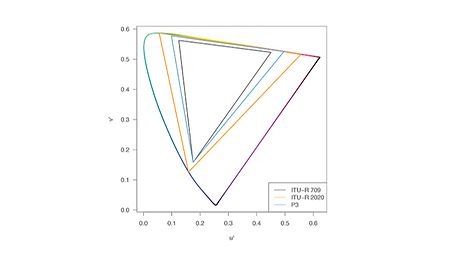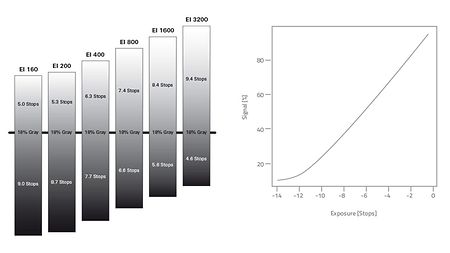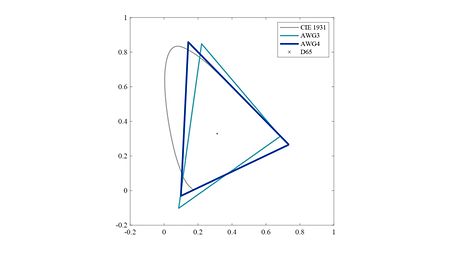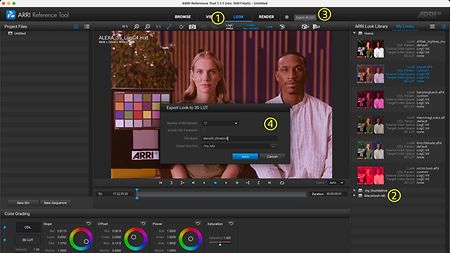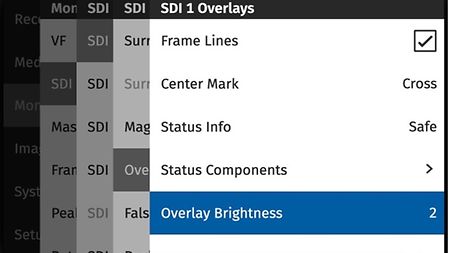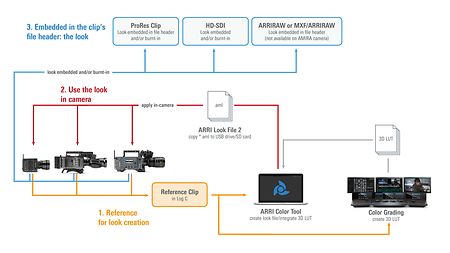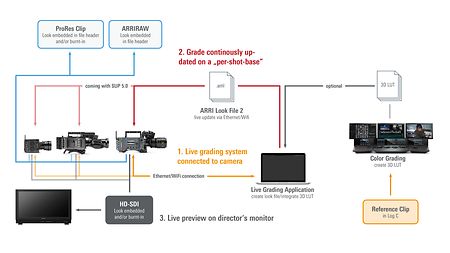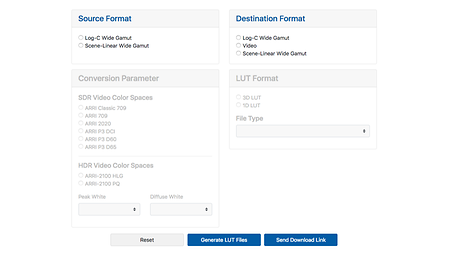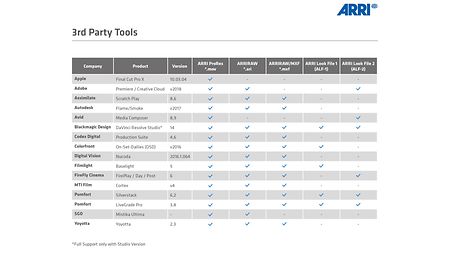Material recorded in Rec 709 (short for ITU-Recommendation BT.709) has a display specific encoding or a, in other words, "what you see is what you get" characteristic. The purpose of a display specific encoding is to immediately provide a visually correct representation of the camera material, when it is screened on a certain display device. This is achieved by mapping the actual contrast range of the scene into the contrast range that a display device can reproduce. Examples of display specific encodings are Rec 709 for HDTV screens or DCI P3 for Digital Cinema Projectors. On the downside, a display specific encoding puts some limits on the options for a colorist.
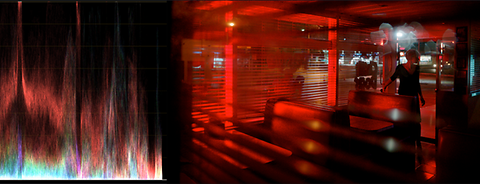
Color FAQ
Common question regarding ARRI's Color Management
